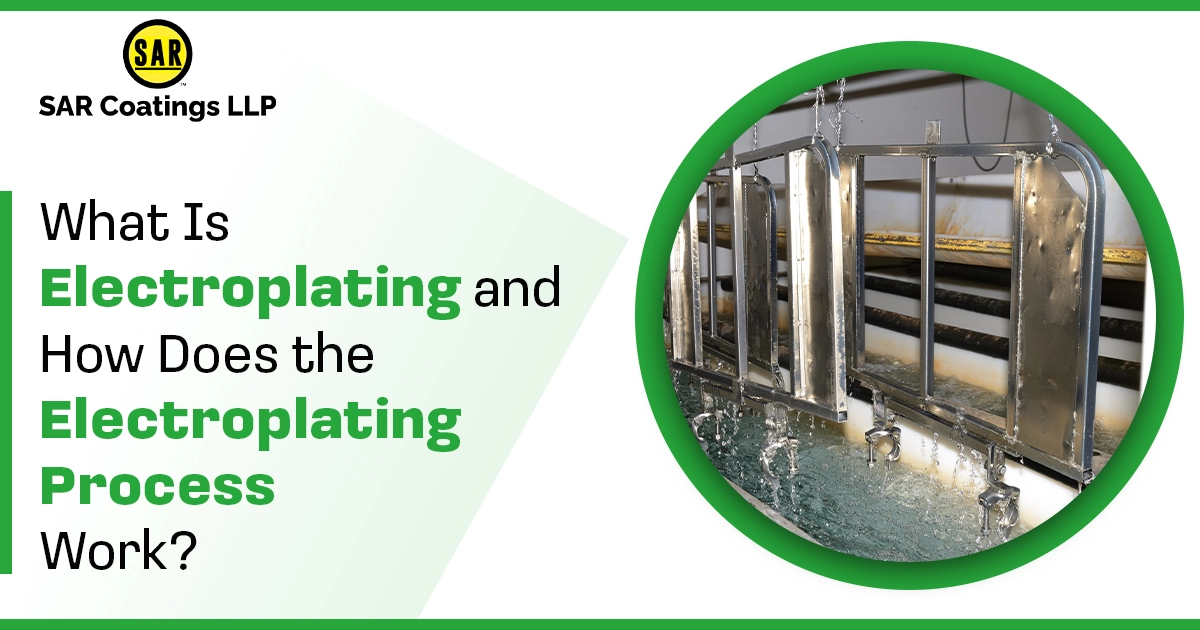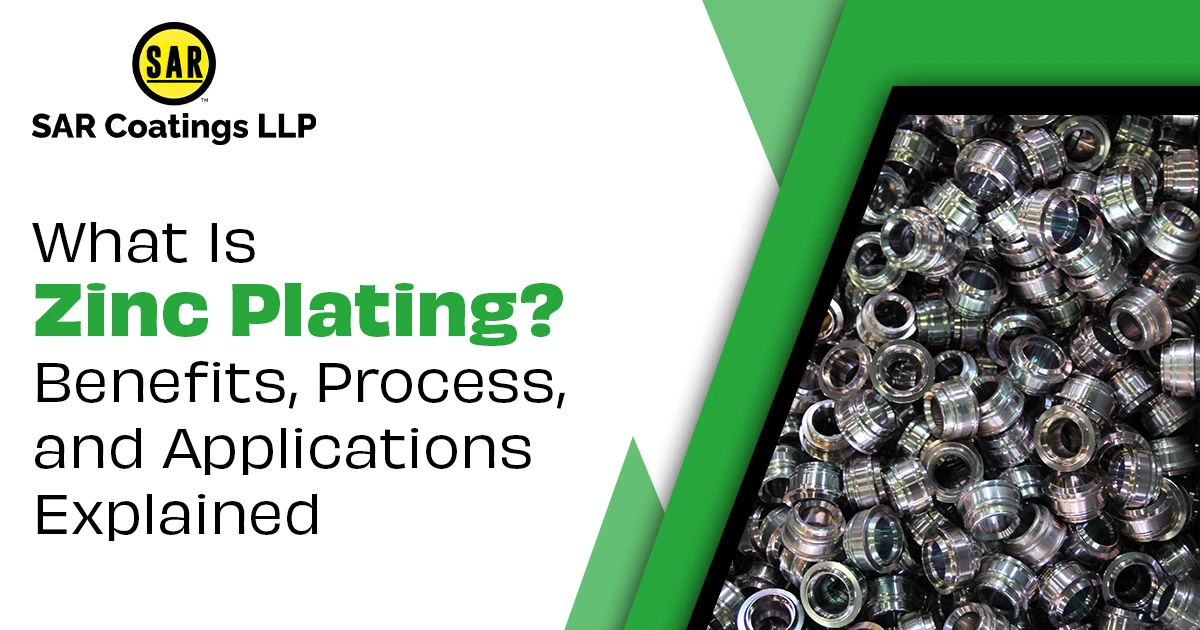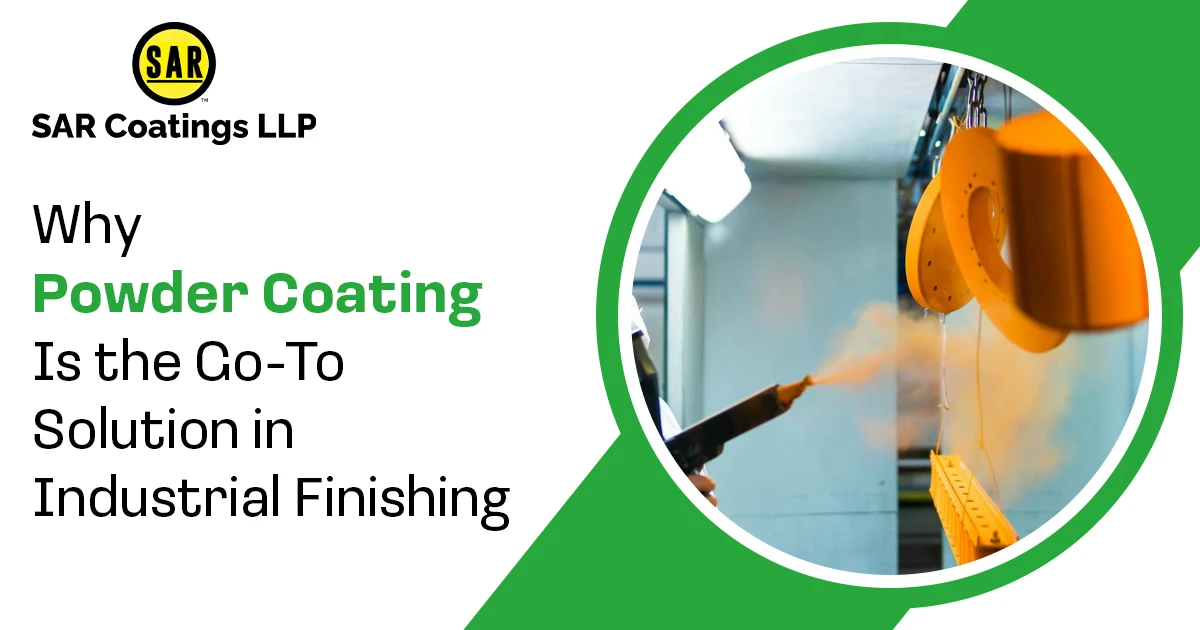
What Is Electroplating and How Does the Electroplating Process Work?
Electroplating is an extensively used surface treatment process that enhances the appearance, continuity, and erosion resistance of the surface. Whether it's the chrome finish on an auto cushion or the gold plating on jewelry, electroplating plays a crucial part in ultramodern manufacturing.
In this blog, we’ll explore what electroplating is, how the process works, and where it’s generally used.
What Is Electroplating?
Electroplating is a process that uses electricity to deposit a thin layer of metal onto the surface of another metal object. This coating improves the material’s appearance, increases resistance to wear and erosion, and can also enhance electrical conductivity.
In simple terms, electroplating acts like giving objects a defensive or ornamental external skin using an electric current.
How Does the Electroplating Process Work?
The electroplating process involves many crucial factors and steps. Then there’s a breakdown of how it works
1. The Basic Setup
To begin with, you need
- Anode – The essence you want to plate with( e.g., nickel, bobby , gold)
- Cathode – The object you want to cover
- Electrolyte result – A liquid that contains dissolved ions of the plating solution
- Power force – A direct current( DC) source to drive the process
2. Step-by-Step Process
Step 1: face drawing
Before plating, the object( cathode) must be completely gutted. Any dirt, oil painting, or oxidation can interfere with coating adhesion. Drawing frequently includes degreasing, irrigating, and acid treatment.
Step 2: Preparing the Electrolyte
An electrolyte result is prepared using essence mariners. For illustration, a nickel plating bath contains nickel mariners and complements that help the plating process.
Step 3: Electrical Current Is Applied
Once the setup is ready and the object is submerged in the electrolyte, a DC current is applied. The anode( plating essence) starts to dissolve and releases essence ions into the solution.
Step 4: Essence Ions Are Deposited on the Object
These essence ions move through the result and attach to the cathode’s face, forming a thin and indeed metallic subcaste.
Step 5: Rinsing and Finishing
After plating, the object is irrigated to remove chemical remnants and may undergo polishing or further treatment for continuity and shine.
Common operations of Electroplating
Electroplating is used across industries for different purposes. Some common exemplifications include
Automotive corridor – Chrome-plated fenders and a bus
Jewelry and watches – Gold or tableware plating for appearance
Electronics – Bobby or nickel plating for conductivity
Tackle tools – Zinc or nickel plating for erosion resistance
Aerospace and medical factors – For continuity and perfection
Benefits of Electroplating
- Improves erosion resistance
- Enhances appearance and luster
- Reduces disunion and wear
- Improves electrical conductivity
- Provides a base for oil or other coatings
Limitations of Electroplating
While electroplating offers numerous advantages, it also has some limitations
- May not cleave well to certain shells if not gutted duly
- Involves dangerous chemicals and requires careful running
- Livery consistency can be hard to achieve on complex shapes
Final studies
Electroplating is a time-tested and dependable face treatment process used to ameliorate the performance and aesthetics of the essence corridor. From artificial ministry to everyday particulars, electroplating adds both beauty and strength.
Whether you are in manufacturing, automotive, or electronics, understanding the electroplating process helps you choose the right coating for your operation.
Need high-quality electroplating or face finishing services?
Contact SAR Coatings for customized results erected around performance, continuity, and perfection.



